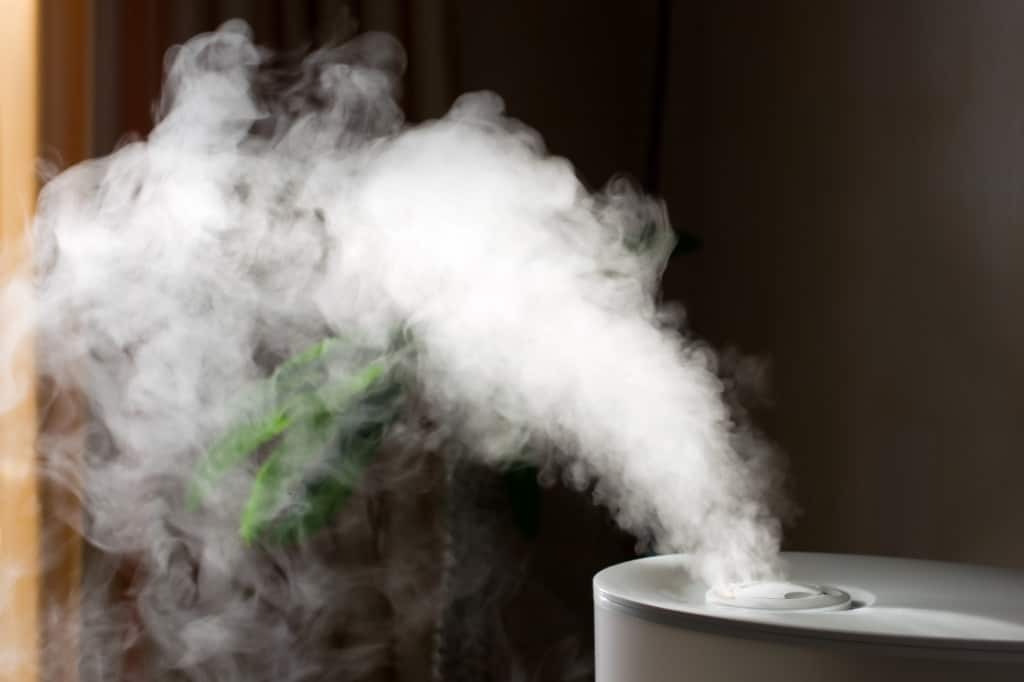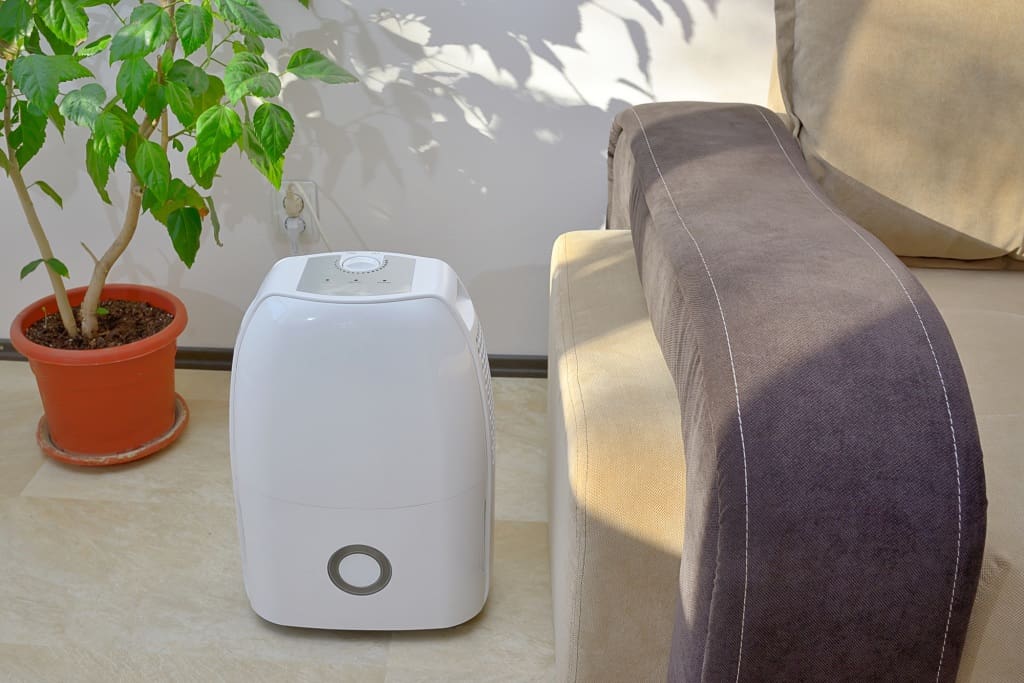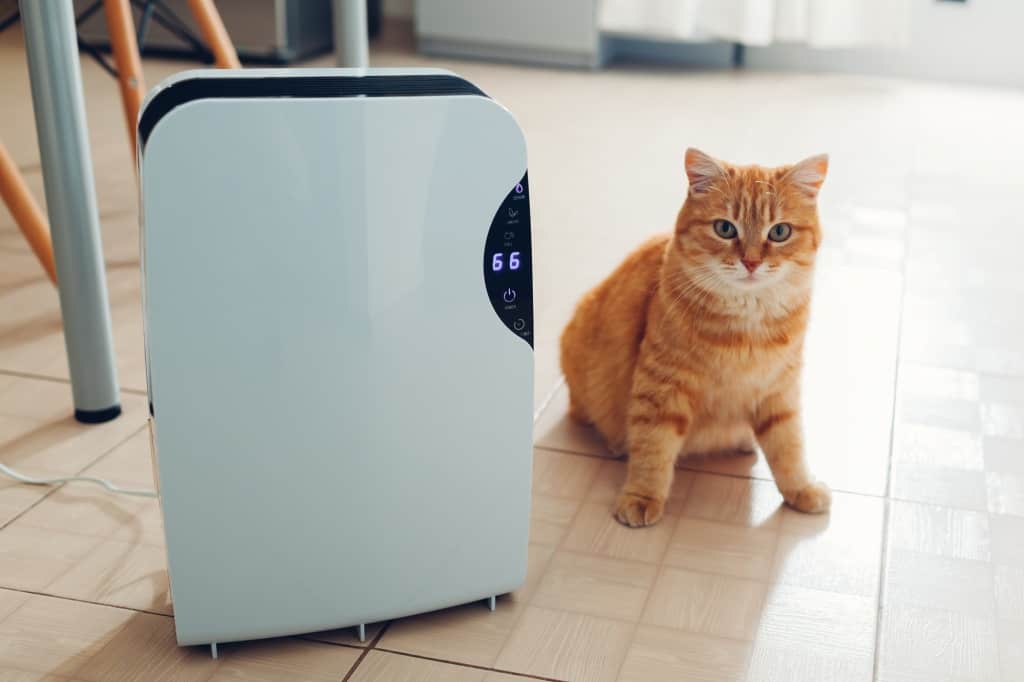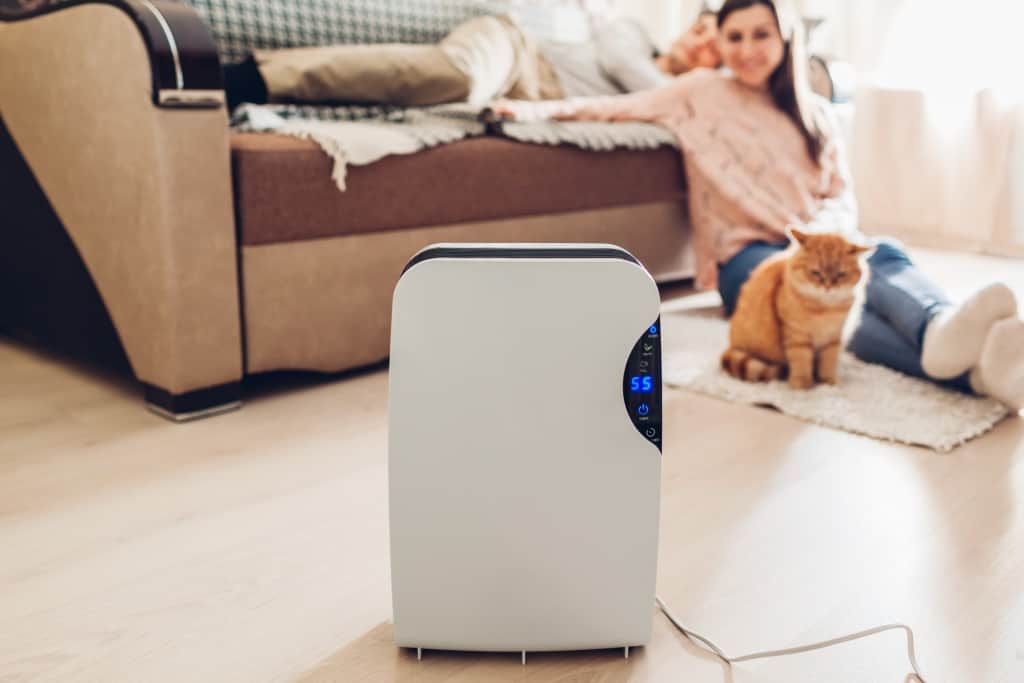Treating air is necessary for many standard and non-standard processes, whether in manufacturing or other industries. Part of the practice is humidity control, which is essential for moisture and can negatively impact building materials. Not only that, it can have a massive negative effect on the comfort of the occupants of the building.
A more severe impact that improper humidity control may have is to derail workers’ performance in a facility where hygroscopic materials are handled. It goes to say that humidity is one of the critical aspects of a building that many overlooks. It affects people’s health, comfort, performance, and building.
It is no wonder commercial dehumidifiers are an essential part of buildings and factories’ operational systems. An industrial dehumidifier is there to extract the particles of water in the ambient air, thus preventing condensation. Such equipment is essential for businesses, saving them from costly machine repairs, interior maintenance, or furniture replacement.
At the same time, dehumidifiers help workers have much better working conditions. However, that is not to say that the process involved doesn’t face any difficulties. Fortunately, the technologies used for the dehumidification process significantly improved in the last few years. Today, controlling indoor humidity has become much more manageable.
Related: Best Dehumidifier for Bedroom – 6 Desiccant & Compressor Models
Basic Dehumidification Methods
There are three basic methods of dehumidification. They are heating and ventilation, adsorption, and condensation. The dehumidifying process involves the unit reducing the steam contents, water particles, or moisture contained in the air. It seems like a simple process, but there are several ways how it is done. They are:
Heating and Ventilation Method
The heating-and-ventilation method involves increasing a room’s air temperature, followed by intense ventilation applied. It is not as efficient as other methods since its possibility of use and effectiveness depend on external conditions. This method achieves the best results during winter.
The method is most effective when the dehumidified room has a higher temperature while the external environment has a lower temperature. Thus, it is not ideally applied during spring and autumn, much more so during summer. Dehumidifying humid walls with this method is tricky, while using gas heaters is not ideal.
Another critical consideration in deciding to use this method is the high costs connected to it. This method is expensive, mainly because dehumidifying takes a long time. Also, achieving the best results is only possible at the highest temperatures. Thus, it is going to need plenty of heating power.
Related: Best Dehumidifier for Basement – Top 5 Options in 2023
Adsorption Method
The adsorption method is as it sounds – the hygroscopic materials remove humidity from air by adsorbing it. The application of this method employs adsorptive dehumidifiers. They are devices constructed with rotors, often made with properly profiled aluminum sheets. With that, the rotor has axial capillaries with a hygroscopic-covered surface.
It results in the dehumidifier having a large humidity-absorbing area. An electric motor by a (usually) belt-type transmission drives the rotor. The air is dehumidified behind the rotor, called the dehumidifying sector. Another section of the device is the regeneration sector, where the hot air flows and is sent outside.
One of the good qualities of this dehumidifier is its rotor is washable, highly durable, and can even self-clean. Thus, there is little chance of bacteria developing. Moreover, absorption dehumidification allows for dehumidifying air at sub-zero temperatures and even without cooling. Therefore, it is widely used in the food and pharmaceutical industries.
Condensation Method
This method removes humidity using a condensation air dehumidifier, which cools moisture in the air, and causes an out-dropping of humidity. The dehumidifier consists of an extractor fan, heat exchangers, compressor, and expanding element. With the extractor fan, humid air is forced out through the heat exchangers.
Because the evaporator temperature is below the dew point temperature, the steam condenses. These condensates gather on the walls of the dehumidifier tank, which are often removed through the sewage system. The air passes through the evaporator, which cools and dries it, then is heated again when it flows through the condenser.
The dry air returns to where it came from, thus effectively improving the humidity in that room. Just like the heating-and-ventilation method, a few things affect the efficiency of this method. Specifically, they are the type of machines used and operating conditions. Still, it is more economical and practical than other dehumidification ways.
Emerging Trends on Dehumidification
The market outlook for the global dehumidifiers market is said to have a projected growth rate of 7.3% from this year to 2023. More and more consumers show an increased inclination towards having better air quality at home, thus fueling the significant growth of the market.
Dehumidifiers used to be crucial devices in commercial and industrial facilities. Today, it has also been an essential appliance in residential buildings for maintaining a specific moisture level. It plays a vital role in controlling moisture content in food packaging and many other industries, given the ever-changing weather and seasons.
Related: What Size Dehumidifier Do I Need – Consider These Factors
Increased Online Demand Among Consumers
Its increasing online demand is among the top emerging trends in the dehumidifier market. In the global residential dehumidifier market, e-retailing is the fastest-growing segment. What fuels this growth is a simple process for purchasing products from the market’s key retailers.
Buying online is now cost-effective and time-saving, and most consumers look online for whatever product they need. Given that numerous websites offer a wide array of dehumidifiers, it is unsurprising that demand has increased. Residential dehumidifiers are particularly popular with consumers who look for convenience and accessibility.
Desiccant Dehumidifier Expected to Grow 3.8% and Reach 650M US$ in 2024
In a recent market report, vital statistics on the status of Desiccant Dehumidifier manufacturers in the market show an increasing demand for the product in the coming years. The market expects more advanced dehumidifiers in the future, which the North American and European markets will drive.
There will be an increase in industrial field expenditures. The market will be locked in fierce competition with new product launches, renovation, and retrofitting of old technology, as well as developing countries accepting desiccant dehumidifiers. All these will drive the global dehumidifier market’s growth.
Some enterprises will always be hesitant as the global economy in the coming years is uncertain. Because of this, the growth rate may not keep as fast as some would expect, but it will still be promising. Its global growth at a CAGR is estimated at around 3.8% and will reach 650 million US$ in the next five years.
Electrostatic Dehumidifier Will Witness the Fastest Growth
More and more consumers have become aware of the side effects of poor indoor air quality on health. This increasing awareness supports the dehumidifier’s market growth, particularly in residential applications. One of the trends expected to experience fast growth in the coming years is the use of electrostatic dehumidifiers.
The growing problem of respiratory illnesses worldwide due to air pollutants will fuel this growth. While electrostatic dehumidification is still in the laboratory, it excites the industry for the possibility of decreasing the energy consumed for dehumidification amidst the increasing demand.
Development of Innovative Techniques and Technologies
With homeowners becoming more health-conscious, new technologies and techniques are underway to improve the current dehumidifiers. Besides electrostatic dehumidifiers, the membrane technology can reject humidity from spaces and provide ventilation. It is a unique technology for controlling the indoor environment.
Technology Development Supports Decrease in Prices
The more demand that the dehumidifier market experience, the more technology is being developed to keep up. With that, the market will also enjoy more products that will support a decrease in prices. Now that more consumers are concerned about their health, they will look more for quality but inexpensive dehumidifiers.
Conclusion
The dehumidifier market is easily one of the markets in the coming years that will enjoy steady growth. It is not likely that the need for better indoor air quality will let up, and thus, consumers will need more dehumidifiers.
Contractors and retailers will be the ones to receive the most profits, specifically from the replacement market. They will be making huge profits, given that residential dehumidifiers have an average lifespan of 1 to 5 years.
Moreover, the market is not only the residential sector but also the industrial and commercial sectors. People will replace their dehumidifiers with more sustainable options to save household energy consumption and enjoy these devices’ convenience.
Dehumidification technologies greatly improved in the last few years. Now that more new devices, techniques, and methodologies are emerging, it will be much easier to control humidity and have a better indoor environment for improved quality of life.






